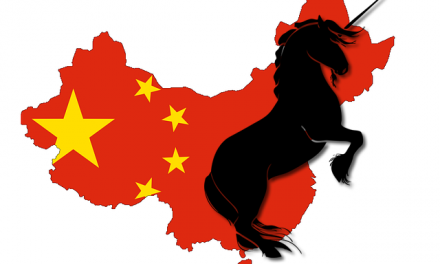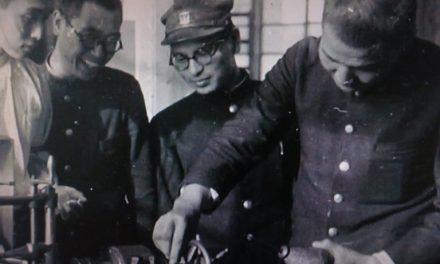
Japan’s complete defeat of intellectual creativity 4
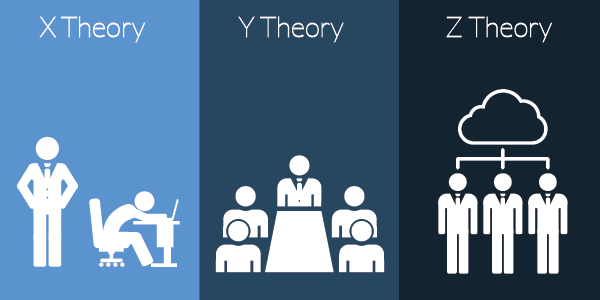
American people (companies) who learned the Japanese knowhow through the 30-year hardship surpassed Japanese people (companies) with speediness.
This sort of gap between Japan and the U.S in terms of speediness affected the competitions of companies and it resulted in the decline and fall of Japanese companies in the 1990’s.
It was
“I’m not praising US management concepts unreservedly. There were a bunch of useless concepts used by consultants just for business. However, if we deny the concepts coming from the U.S and say “We Japanese people also have Japanese management style”, what can we see? The answer is nothing. No intellectual creation has been made.”
Mr. Saegusa
Kaizen
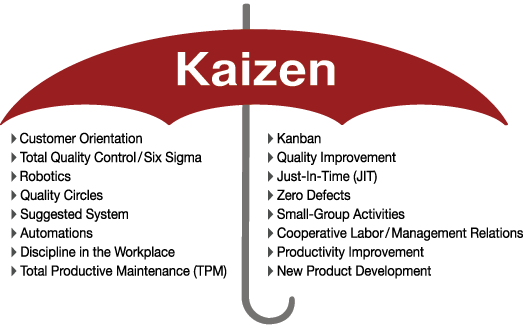
Source: www.kanbanchi.com
Originally, Japanese companies were weak in strategic thought. What Japan’s strength was “Kaizen” (improvement) which young employees (not executives) pushed through on site.
There must have been another strategy that business leaders should’ve tackled spontaneously. However, the Japanese managers weren’t required to show their strategic leadership skills inasmuch as the bottom-up Kaizen did work out very well.
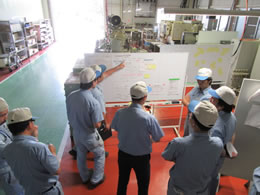
Kaizen activities/ Photo: Ogakietekkousyo
The bottom-up management style which was the pride of Japanese people as the characteristic of Japanese management actually caused the delay of nurturing business leaders. In addition, Japanese managers were dependent on Kaizen and misconceived that Kaizen would continue to work out as a corporate strategy. This was the underlying cause of inviting the 90’s hardship to Japan.
Japan’s
This was the time when the rapid progress of Japanese companies stopped.
“Moreover, Japan’s past managers, management consultants, and scholars including me did not have enough creativity. Therefore, against our wills, we allowed American people to carry out the work of developing QC and the Toyota production system (Kanban system) more strategically, and formulated it to a new managerial concept. “
Mr. Saegusa
There is one more example of what Japanese people thought it is common knowledge but it is not.
A lack of a managerial aspect
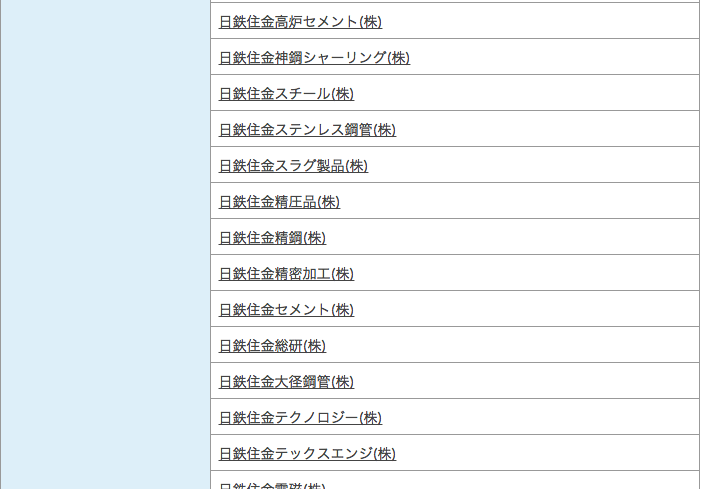
Source: Nippon Steel & Sumitomo Metal/ They have 84 subsidiaries in Japan
In Japan, the split of a company
In the U.S, company’s division means having a whole business cycle which is development, production, and sales. Therefore, a manager of the division is required to take responsibility for the whole business because a division system is
However, in Japan, there are a whole bunch of “divisions” just having the function of sales, or just having the function of production not selling goods “they produced” to outside customers by themselves.
Most importantly, many business managers don’t have doubts about this situation.
This is because they don’t have a managerial aspect of the importance of giving a person a chance of having the whole business process (development, production, and sales) and pushing through a project strategically. They prioritize the aspect of the efficiency where people aim to obtain the scale merit by function.
Certainly, the split of a company
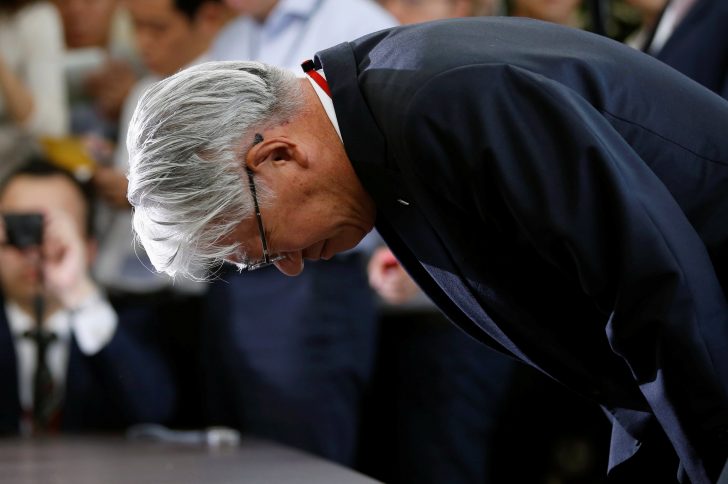
Kobe Steel Scandal in 2017
However, if we leave it as it is for a long time, it will be unavoidable to cut off the whole business cycle. Then, between departments, in-house political influence will be rampant, organizational speediness will decrease, and
Unfortunately, people contracting this organizational climate are usually not able to notice these problems.
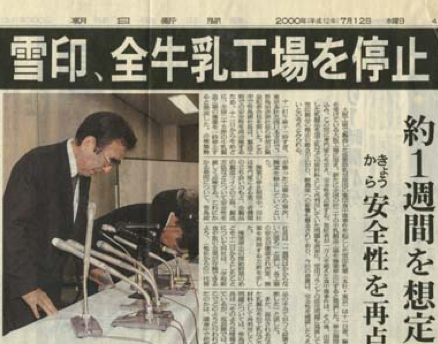
Yukijirushi Milk Products Co.’s food poisoning in 2000
For example, Yukijirushi Milk Products Co., Ltd (Japan) caused an incident of food poisoning and dropped to deficit.
Then, they abolished the system of
This was an example of the company which wasn’t able to rectify the phenomenon that the chain of development, production, and sales
In addition, the reason why Japanese companies can’t nurture business leaders is that the companies let their excellent employees work in departments prioritizing efficiency by function up to late in their career and don’t let them experience taking responsibility for the whole business cycle (development → production → sales)
A complete defeat of intellectual creativity

Sony TPS-L2 (the first generation of walkman in 1979)
Japanese companies have succeeded in launching low-priced and
However, it’s not the result of efforts that managers tried something strategically and failed it, but it is the consequence that the managers hadn’t done anything at all and let nature take its courses, which was the failure.
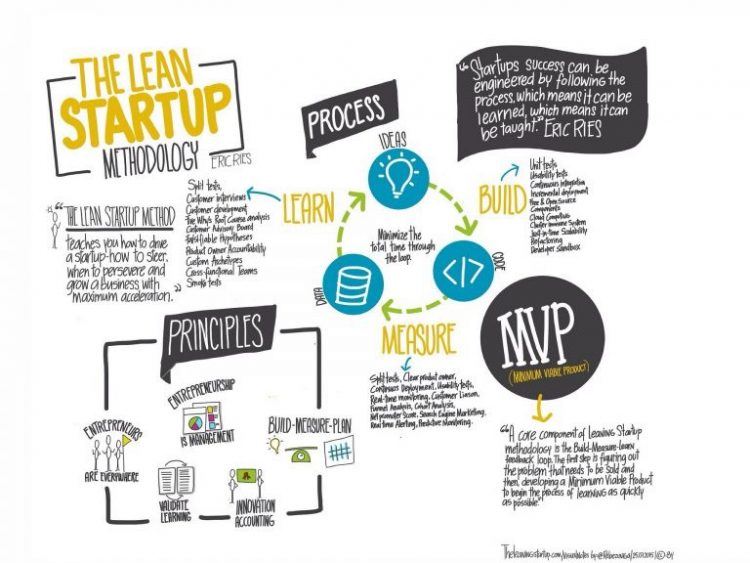
The Lean Startup Methodology/ Source: Tech in Asia
Now, this case has
However, it is wondered if this can help rehabilitate Japanese companies.
*Japan’s complete defeat of intellectual creativity 1~4/ Source: Vjikaihuku no
Sponsored Link





